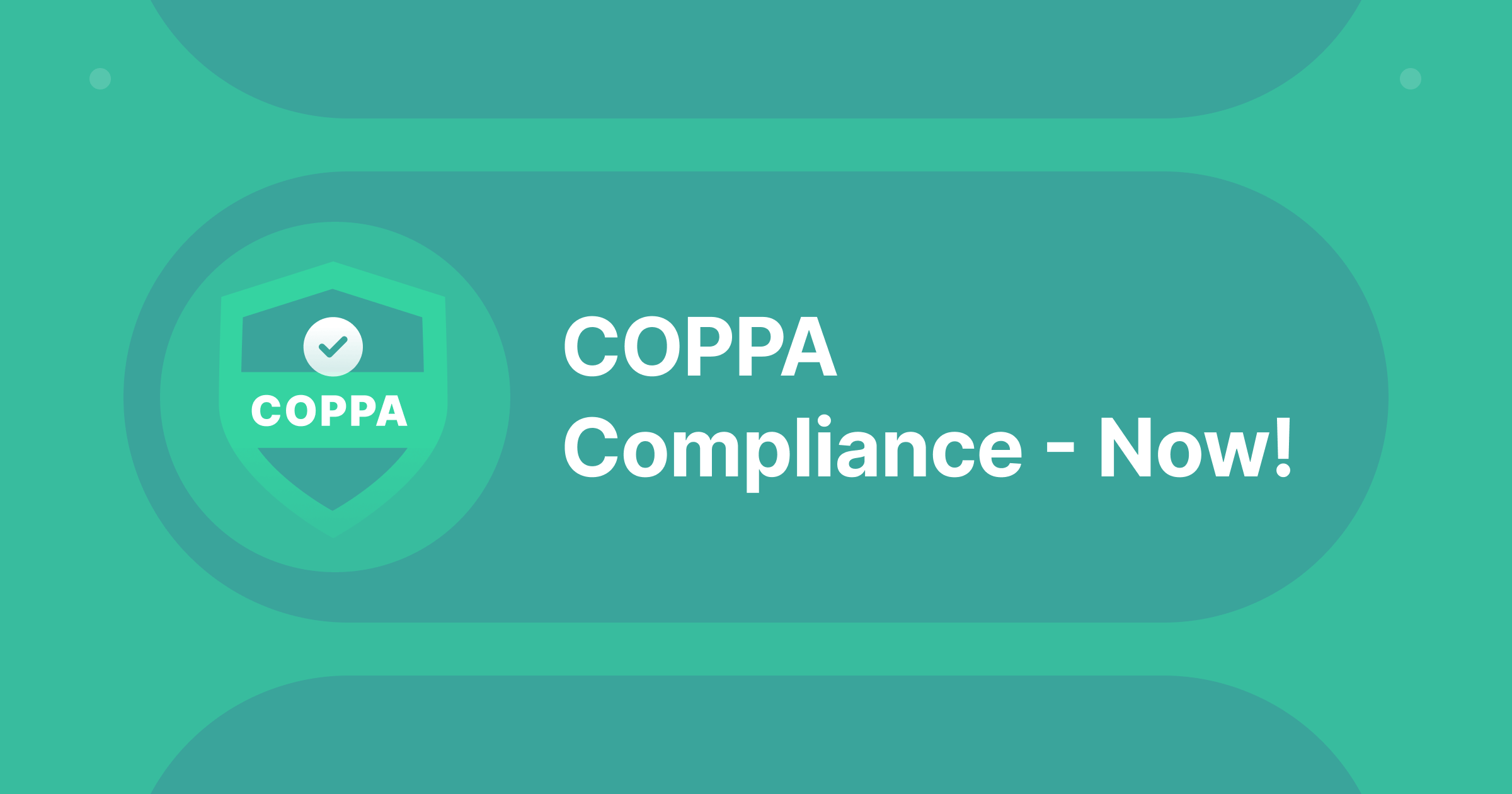COPPA Compliance - Now!

On June 23, 2025, the Federal Trade Commission’s sweeping amendments to the Children’s Online Privacy Protection Rule (COPPA) took effect, ushering in more stringent duties for any operator collecting or using children’s data—whether via websites, services, or AI‑powered agents. Companies must achieve full compliance by April 22, 2026 (Finnegan | Leading IP+ Law Firm, Bass, Berry & Sims PLC).
These updates mark the first major modernization since 2013 and reflect growing regulatory urgency around children's digital privacy:
- Transparency gains clarity: Operators must now provide direct notices to parents that explicitly identify third‑party recipients and the precise purposes for which children’s personal information is shared (OurTake, Today's General Counsel).
- Parental control tightened: A separate, verifiable parental consent is now mandatory for all disclosures to non‑integral third parties — including advertisers, data brokers, or AI/ML platforms that build or train on the data (Latham & Watkins).
Security and lifecycle protocols: Operators must implement a formal written information security program, encompassing annual risk assessments, safeguards design, testing and monitoring, plus continuous improvement (Koley Jessen). They must also enforce data retention and deletion policies, retaining children’s data only as long as necessary—not indefinitely (IAPP).
Why This Matters More Than Ever in the Era of AI Agents
AI agents—be they chatbots, generative tools, or analytical models—are increasingly embedded across applications and customer touchpoints. They often:
- Share children’s data with multiple unknown third-party services without full oversight;
- Automate inference or profiling that wasn’t envisioned during initial data collection;
- Expand the supply chain of data handling beyond traditional vendors.
These dynamics introduce systemic risk to compliance: even if a vendor appears ‘integral,’ the invisible layers of AI-driven exchanges can trigger separate consent requirements, deepen retention risks, or expose data to insecure third parties. In such a volatile, high-velocity environment, organizations need centralized, intelligent visibility and automated controls to prevent accidental or unauthorized data flows.
Who Should Own COPPA Compliance Internally
- Chief Privacy Officer / VP Privacy – overall stewardship of policy, consent frameworks, notices, and data retention.
- CISO / Head of Security – responsible for building and maintaining the formal information security program.
- Chief Compliance Officer / GRC Lead – ensures adherence to COPPA and alignment with safe harbor or broader privacy frameworks.
- Data Governance / Data Protection Lead – tracks data flows, classifies data, and orchestrates retention/deletion policies.
- Legal Counsel (Privacy-focused) – drafts direct notices to parents, reviews AI-driven third-party use cases, handles vendor contracts and deduces consent needs.
Five-Step COPPA Implementation Roadmap
- Audit your data ecosystem
Map all services—web, mobile, and AI-powered—that ingest or process data from users under 13. Identify all third-party recipients, whether known or shadow-AI agents. - Revise notices and consent mechanisms
Redesign privacy policies and direct parental notices to specify: who receives data and why. Implement separate, verifiable consent flows for any disclosures beyond collection. - Stand up an information security program
Institutionalize risk assessments, controls, monitoring, testing, and annual evaluation. Assign ownership to a dedicated security lead. - Build and enforce data retention & deletion policies
Define purpose-based retention timelines, automate deletion processes, document in policy, and ensure clear communication to parents. - Automate discovery and governance of AI-driven data flows
Deploy a solution that automatically discovers AI tools and third-party endpoints, classifies outgoing data, enforces redaction or blocking for unsanctioned flows, and logs all activity for compliance reporting.
Why This Platform Model Aligns Perfectly with These Needs
A modern data governance solution built for AI-driven environments offers exactly the visibility, control, and scalability required to implement this roadmap:
- It automatically discovers AI tools and services in use—including shadow AI—and catalogs all instances of third-party data exchange across apps, codebases, and users.
- It provides data flow visibility, classifying what types of data are being sent, and from where—critical for crafting accurate notices and consent mechanisms, and for retention planning.
- It tracks data sovereignty and geographic flows, instantly highlighting risky international transfers.
- Its “AI firewall” capabilities enable real-time enforcement—blocking or redacting unauthorized data in motion to third parties.
It requires no code changes or heavy agent deployments, enabling rapid deployment and immediate visibility—so your teams can move quickly to meet the April 2026 deadline.
Conclusion
The 2025 COPPA amendments significantly raise the bar for transparency, parental control, security, and data lifecycle governance. With AI agents increasingly mediating data flows, compliance becomes more complex and critical. By empowering privacy, security, and compliance leaders with a unified data discovery and governance engine, an enterprise can transform COPPA from a compliance burden into a source of operational resilience—and protect the youngest users in today’s AI-first world.

